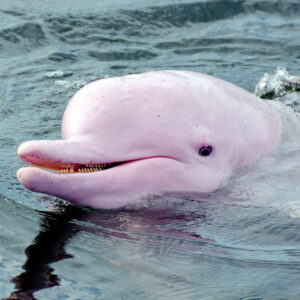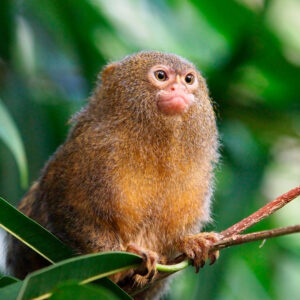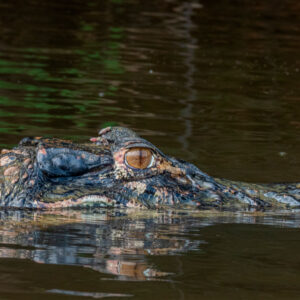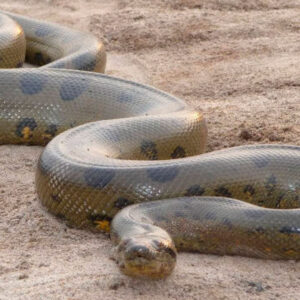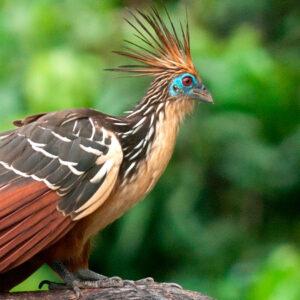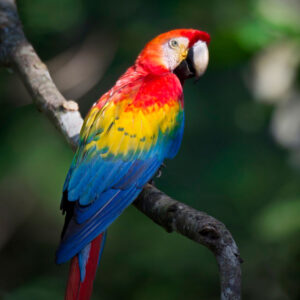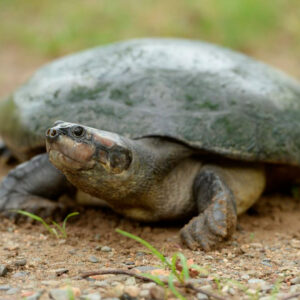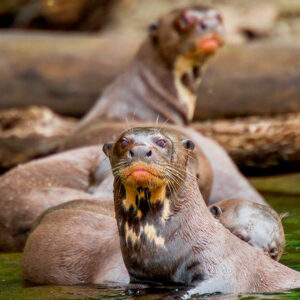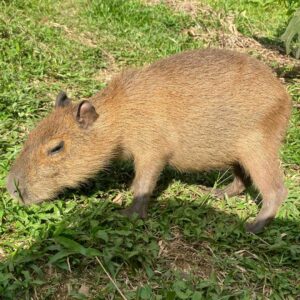One square kilometer of the Yasuni forest, located deep in Ecuador’s Amazon jungle, is home to up to 650 distinct tree species. We are mentioning more tree species than there are on the entire continent of North America, just to mention some facts. The statistics on biodiversity for mammal, bird, amphibian, plant, and microorganism species are equally astounding. Yasuni National Park actually holds an abundance of biodiversity records worldwide.
It should therefore come as no surprise that Yasuni in Ecuador, has been designated as a significant UNESCO ecosystem reserve. The Yasuni Amazon is ranked among the best places in the world to visit in 2022 by NATGEO. There has therefore not existed such an ideal moment to go now that the park has been formally reopened following the pandemic!
SITUATED in Ecuador’s Amazon rainforest, to the east of the Andean mountains that divides the nation in half. Each water drop that tumbles on this side of the Andes makes a path into the channel of the Amazon River and eventually empties into the Atlantic Ocean.
The NATIONAL PARK is situated between the Curaraylo River to the south and the great Napo River to the north, one of the main rivers of the Amazon. The park is characterized by an intricate system of smaller rivers, such as the Tivacundo, Tiputini, Yasuni, Nashio, Cononaco, and Tihuino, as well as dense tropical forest.
Despite being only 250 kilometers from Quito, Ecuador’s capital city, it is a long journey to get to Yasuni National Park. However, the journey itself is an adventure in and of itself, with beautiful forest views to be enjoyed.
Records for different kinds of flora and fauna, including species not previously registered in any other protected area, show this biodiversity.
Numerous tree species can be found here, along with wide rivers that are overflowing from the heavy rains and powerful creatures like jaguars, anacondas, and harpy eagles. The smallest primate in the world, the leoncillo or pocket monkey, as well as an extensive number of reptiles and amphibians make this park one of the most bio-diverse in the entire world.
Surprises abound on Yasuni’s human side as well. The indigenous communities of Tagaeri and Taromenane live in the park but are voluntarily isolated. The Tagaeri-Taromenane Intangible Area was established in 1999 to safeguard them as well as the biodiversity in Yasuni. In 1989, UNESCO designated the Yasuni National Park, the surrounding waorani land, and the immeasurable area as a Biosphere Reserve.
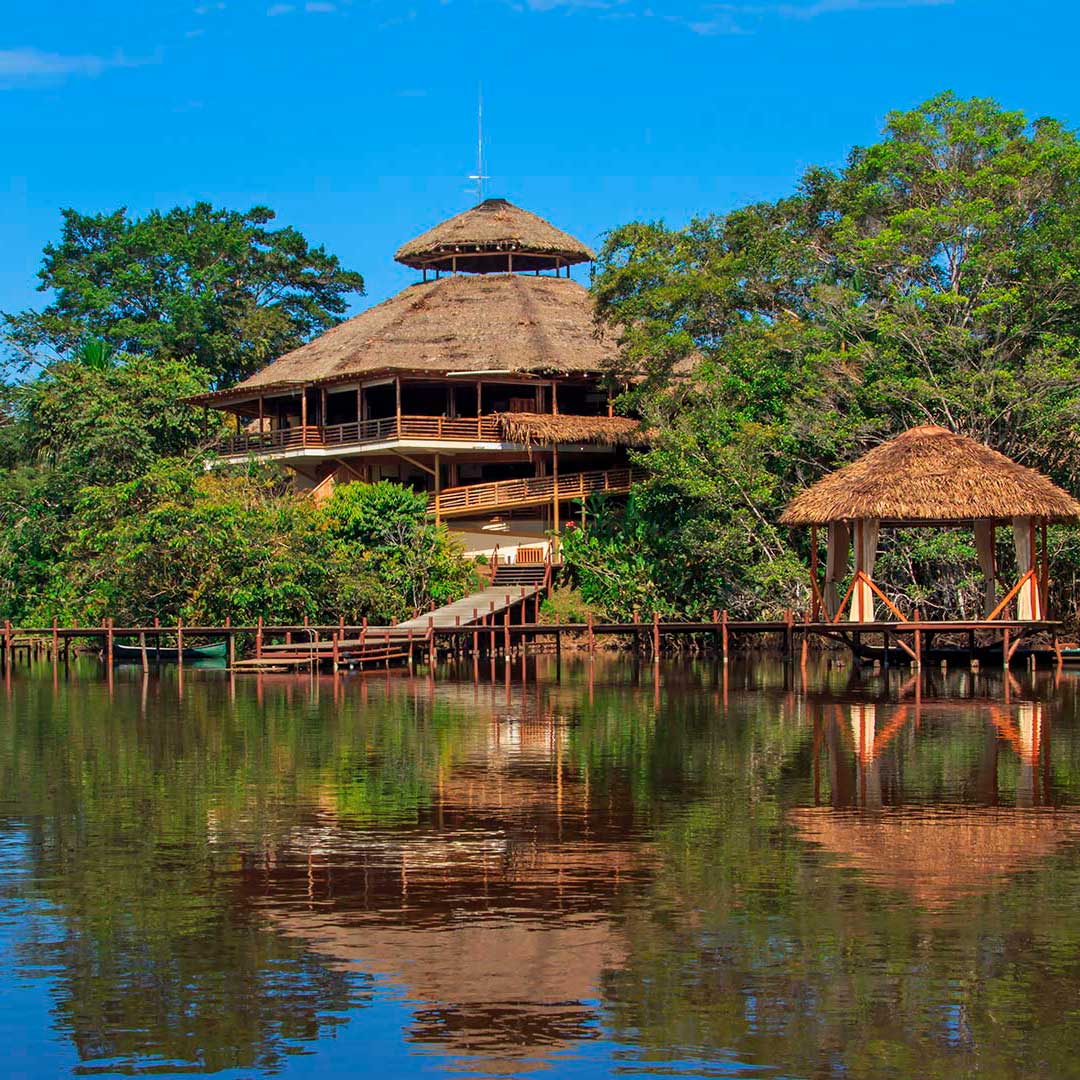

Coca, a town on the oil frontier, is the closest town to Yasuni. Prepare to arrive early in the morning and connect right away with your canoe transportation because it really isn’t worth staying here overnight.
Coca can be reached from Quito either by bus (8–10 hours) or by plane (45 minutes). To get to Coca early, take a night bus from Quito’s Quitumbe Terminal. A variety of factors including the water level and currents, makes the canoe ride to Yasuni take about two to three hours.
It is very important to note that in addition to having a place to stay, visitors to Yasuni National Park require entry permission. There are only a few upscale lodges to choose from, and their prices are on the expensive side. As a result, Yasuni accommodation is the limiting factor
The following is a compilation of 14 types of creatures that our Galapagos specialists have assisted in charting. By clicking on any of the species, you can gain knowledge about its environment and where you might spot it during your excursion on the Amazon.

